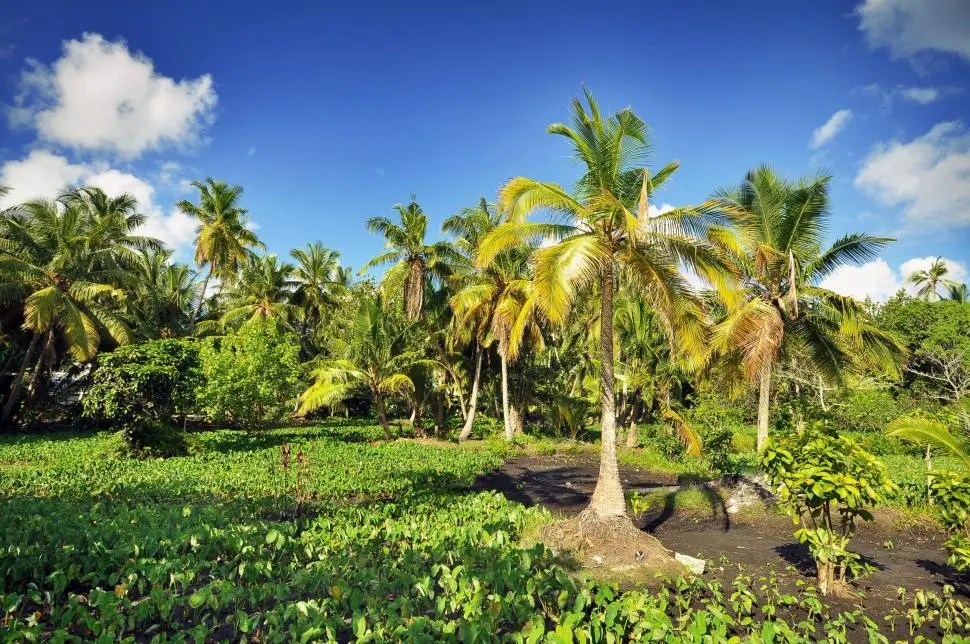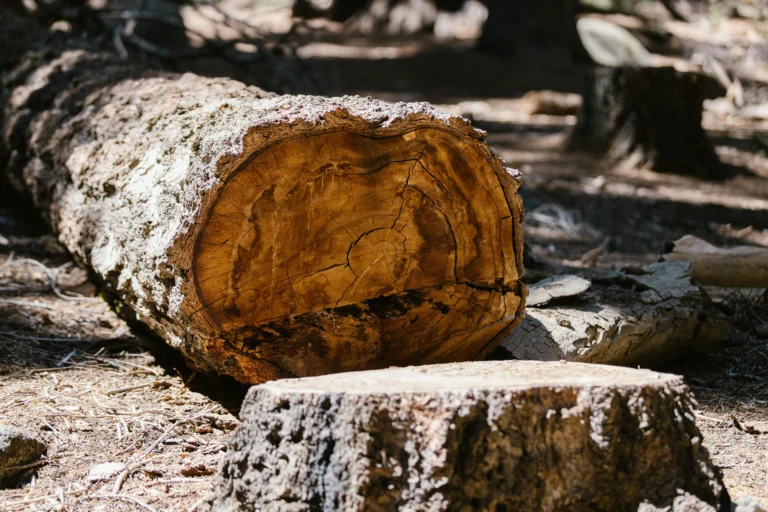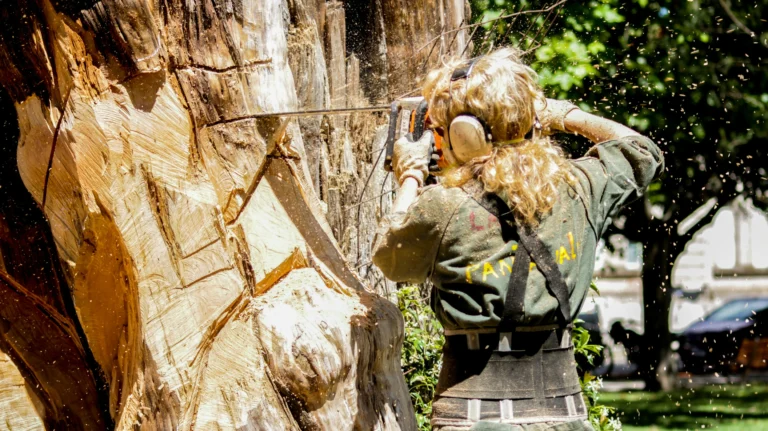Exploring the Diversity of Palm Trees in Texas
You are driving through Texas, and bam, there’s a palm tree. Then another, and before you know it, they are lining the streets, peeking over fences, and chilling’ in backyards. Which gets you thinking, does Texas have a lot of palm trees?
The short answer is yes, and not just a few stuck in resort towns. We are talking about different types, growing wild or planted with love, thriving in both cities and chill rural spots. Let’s break it all down.
Related read: How to Successfully Grow Pomegranate Trees in the Arizona Climate
Types of Palm Trees in Texas
Texas is not all cowboys and cacti. Some parts are crazy humid. Others get snow in winter. But palm trees? Still doing their thing. Here’s a list of some palms that are either native or grow super well in Texas:
- Texas Sabal Palm: Native, tough, sun-loving palm that grows up to 40 feet tall.
- Windmill Palm: Cold-hardy and slow-growing, perfect for chilly North Texas zones.
- Pindo Palm: Also called Jelly Palm; produces sweet fruit and handles cold well.
- Canary Island Date Palm: Big, bold, tropical-looking palm not built for frost.
- Washingtonia Robusta: Tall, fast-growing city palm that struggles with freezing temps.
- Needle Palm: Short but super cold-hardy, ideal for North Texas and colder spots.
Why Palm Trees Are Perfect for Texas
- Built for heat of Texas summers don’t bother most palm trees.
- They bring a tropicale, and your yard feels like a vacation.
- Low water needs make them perfect for drought-prone areas.
- Storm-resistant many palms bend in the wind but don’t break.
- Minimal mess, no acorns or sticky leaves like other trees.
- Bonus: some palms produce edible fruit.
- Great for both city and rurals, it adds style without the stress.
- Adaptable and durable in different Texas climates.
How to Keep Palm Trees Alive and Thriving
- Know your USDA zone. Do not plant cold-sensitive palms in freezing areas.
- Choose a sunny spot. Most palms need 6–8 hours of direct sunlight.
- Use well-drained, sandy soil. Avoid waterlogged areas. Add mulch if needed.
- Water deeply once or twice weekly. Skip light, daily watering.
- Apply palm-specific fertilizer 3–4 times a year. Avoid overfeeding.
- Protect from freezes. Wrap the trunk or crown with burlap or frost cloth.
- Use holiday lights to keep the trunk warm during freezes.
- Prune only brown or dead fronds. Leave green ones to support growth.
Best Places and Time to Plant Palm Trees
Now we get to the fun part of planting. Not all places in Texas are equal for palms. Most of the states can support at least one type.
Where to Plant
- Central Texas: Austin, San Antonio, and around. Good for cold-hardy and semi-tropical palms.
- North Texas: Dallas, Fort Worth. Stick with Windmill, Pindo, or Needle palms.
- West Texas: Dry as heck. But with good irrigation, hardy palms still work.
Urban areas tend to be warmer. Microclimates exist. A palm in a sunny, protected corner might survive what others can’t.
When to Plant
Best time? The perfect time is late spring to early summer. The soil is warm. No threat of frost. Gives roots time to get strong before winter. Avoid planting in fall or winter. Cold snaps will wreck a fresh transplant.
Final Word
Does Texas have a lot of palm trees? Absolutely, and they are everywhere. Cities love them. Homeowners plant them. Just pick the right type for your zone, give it sun, space, and winter care. In return, you will get that tropical vibe right at home. Go plant one. It’s totally worth it. Moreover, you should also try using our palm tree removal cost calculator.
Related articles:






